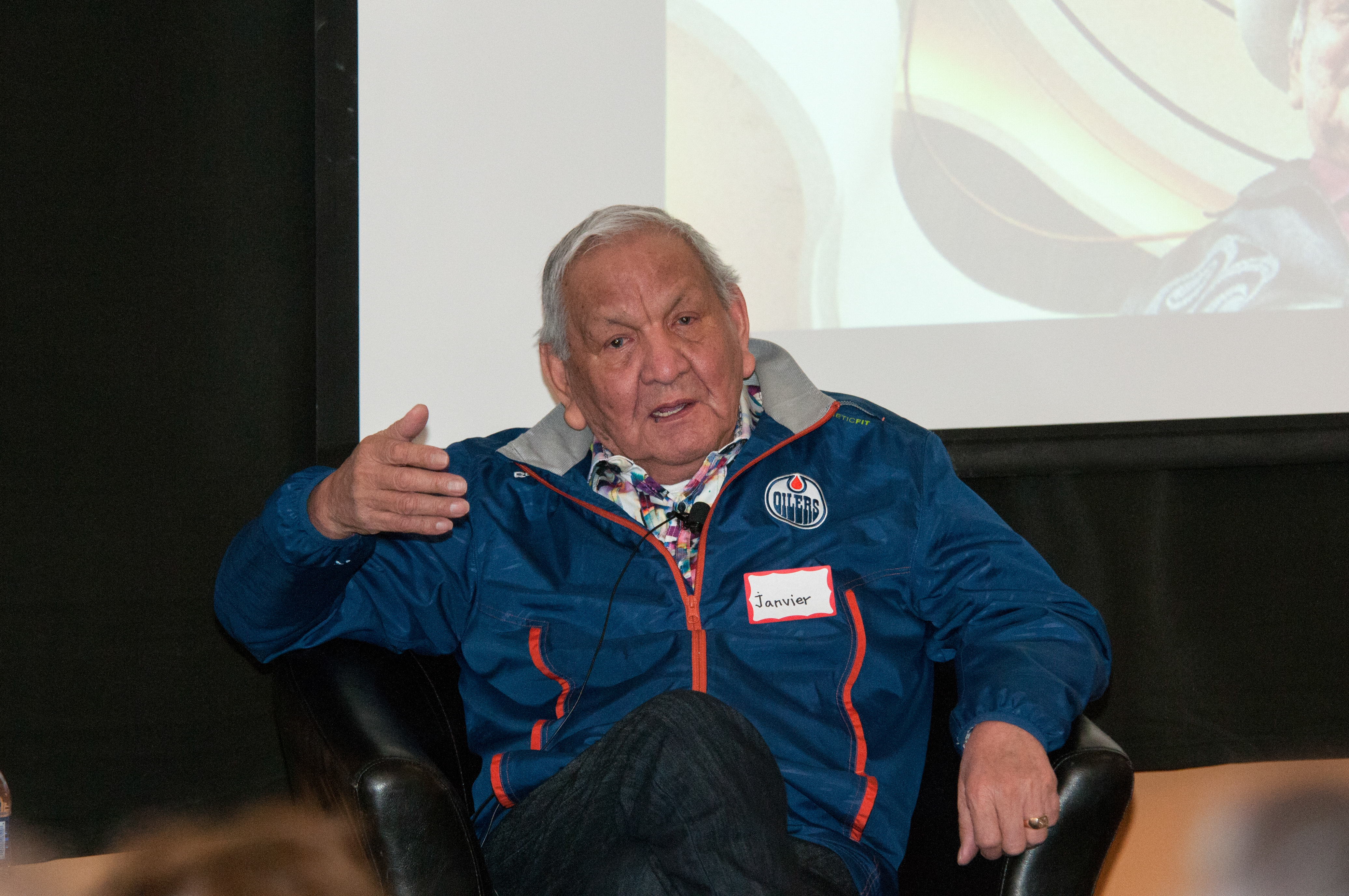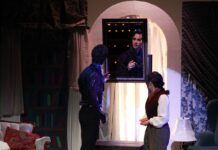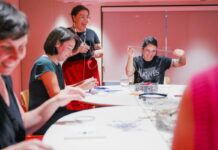The New Sun Conference, held on Mar. 4, was welcomed with the smell of burning sage.
The conference, which began 16 years ago, is meant to generate a healthier relationship between the Indigenous community and Carleton University, according to its program.
Allan Ryan, the conference’s chair, opened the proceedings with words of greeting in Algonquin, Cree, Mohawk, Inuktitut, French, and English and acknowledged the hospitality of the Algonquin peoples, on whose unceded land Ottawa is situated on.
This year’s presenters highlighted the culture of healing and education across communities.
The first speaker, Shane Belcourt, a Métis filmmaker from Ottawa whose work has won many awards, said “[Art] is a desire to return to the source from which we came.”
He presented several clips from Tkaronto, a film about two characters beginning to reclaim their identity through their Métis and First Nations heritage.
Artist Mathew Nuqingaq from Iqaluit was also present at the conference. He practices the traditional crafting of jewellery, and was selected as one of six artists who forged the ceremonial mace made for the Nunavut legislature.
Nuqingaq said philosophy played a role in his designs, and that he believes joy in combination with commonality introduces originality.
“When we do jewellery, we get our small tools and we play. We make something that is not real, and we make something out of nothing,” Nuqingaq said.
Critically acclaimed artist Alex Janvier was the conference’s headliner.
He spoke with Jonathan Dewar, a Carleton PhD candidate, on his journey developing art pieces that have challenged and uprooted national dialogues on Indigenous peoples across Canada.
As a child in a residential school in Alberta, Janvier said he was recognized by his art teacher for his talent with painting and had the chance to study art in Calgary where he graduated with honours.
During the conversation, the two spoke about the barriers that Janvier faced, and the way the Department of Indian Affairs undervalued his work as a Dene and Saulteaux artist. He said his abstract and modernist appeal is created using traditional techniques taught to him by his mother, such as birchbark basketry, and using sharp, bright colours from his nation’s beadwork.
Janvier’s work is currently on display in the National Gallery of Canada.
Alexandra Kahsenni:io Nahwegahbow, a student who is part of the Great Lakes Research Alliance for the Study of Aboriginal Arts and Cultures, said representation for Indigenous art is important.
“Representation is so critical. Being able to see other Indigenous people, and hearing other Indigenous voices makes a very real difference,” Nahwegahbow said.
But Summer-Harmony Twenish, a first-year Carleton art history student and watercolour painter, said she views many museum exhibits today as inaccessible to the communities whose artifacts have been taken and used for galleries or research.
“Who is it on display for? Often times it’s not on display for Indigenous people within the communities,” Twenish said.
The conference concluded with broadcaster and comedian Candy Palmater delivering a humourous performance on coming to terms with identity and societal stereotypes.
While Palmater was comedic, her overall intention was to confer upon everyone their own worthiness.
“Never work for free. You are the product of your hard work and the sacrifices of your parents, your family, your community, and that is worth a hell of a lot more than nothing,” Palmater said.
While the New Sun Conference was popular for those who attended, the admission fee for students was $45.
One reason for this steep entrance cost is the decline in funding that the project receives each year. Ryan said most donors look to tie their name to a scholarship or event, but aren’t interested in conferences.
“We don’t have enough money for next year,” Ryan said. He added funding options will likely end up coming from private individuals, but that it is difficult to entice those who have not attended.
“How do you articulate something that is all about feeling?” Ryan said.
– Photo by Marisa Ramey






